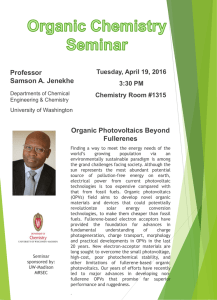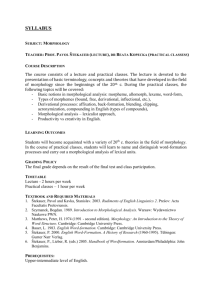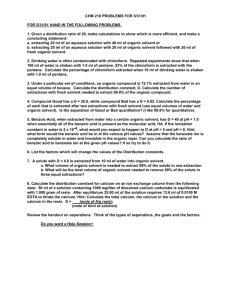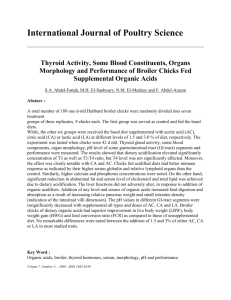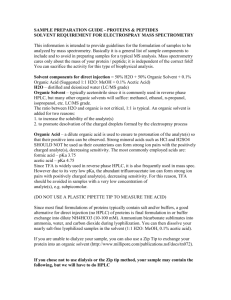2006年材料學會年會論文摘要格式說明
advertisement
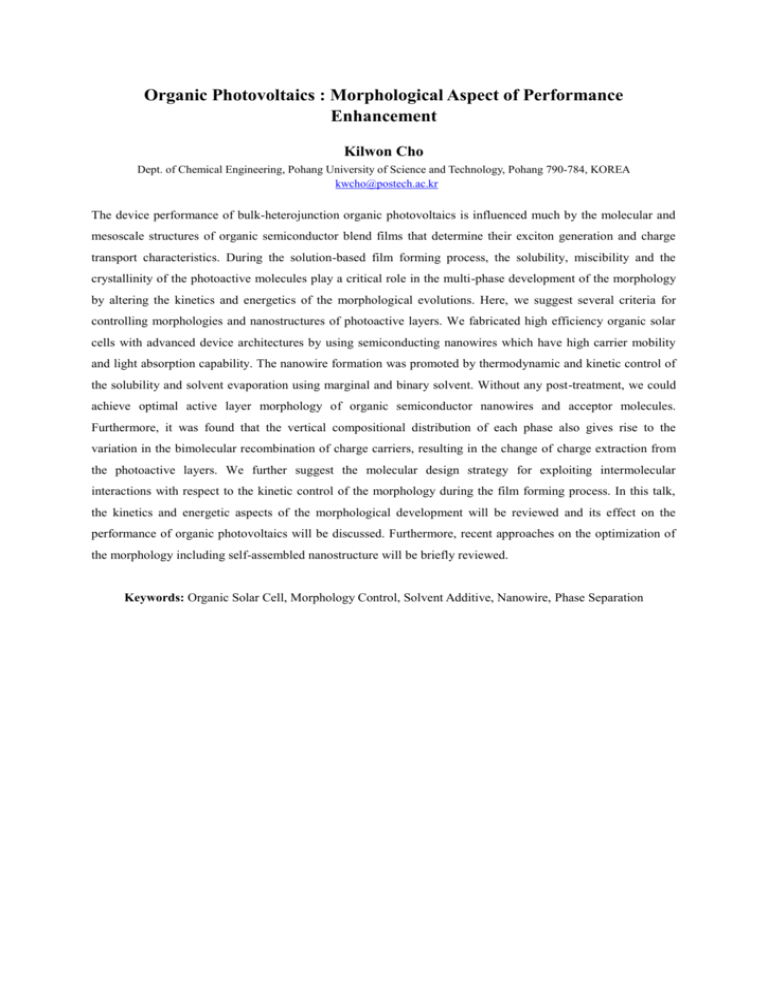
Organic Photovoltaics : Morphological Aspect of Performance Enhancement Kilwon Cho Dept. of Chemical Engineering, Pohang University of Science and Technology, Pohang 790-784, KOREA kwcho@postech.ac.kr The device performance of bulk-heterojunction organic photovoltaics is influenced much by the molecular and mesoscale structures of organic semiconductor blend films that determine their exciton generation and charge transport characteristics. During the solution-based film forming process, the solubility, miscibility and the crystallinity of the photoactive molecules play a critical role in the multi-phase development of the morphology by altering the kinetics and energetics of the morphological evolutions. Here, we suggest several criteria for controlling morphologies and nanostructures of photoactive layers. We fabricated high efficiency organic solar cells with advanced device architectures by using semiconducting nanowires which have high carrier mobility and light absorption capability. The nanowire formation was promoted by thermodynamic and kinetic control of the solubility and solvent evaporation using marginal and binary solvent. Without any post-treatment, we could achieve optimal active layer morphology of organic semiconductor nanowires and acceptor molecules. Furthermore, it was found that the vertical compositional distribution of each phase also gives rise to the variation in the bimolecular recombination of charge carriers, resulting in the change of charge extraction from the photoactive layers. We further suggest the molecular design strategy for exploiting intermolecular interactions with respect to the kinetic control of the morphology during the film forming process. In this talk, the kinetics and energetic aspects of the morphological development will be reviewed and its effect on the performance of organic photovoltaics will be discussed. Furthermore, recent approaches on the optimization of the morphology including self-assembled nanostructure will be briefly reviewed. Keywords: Organic Solar Cell, Morphology Control, Solvent Additive, Nanowire, Phase Separation
